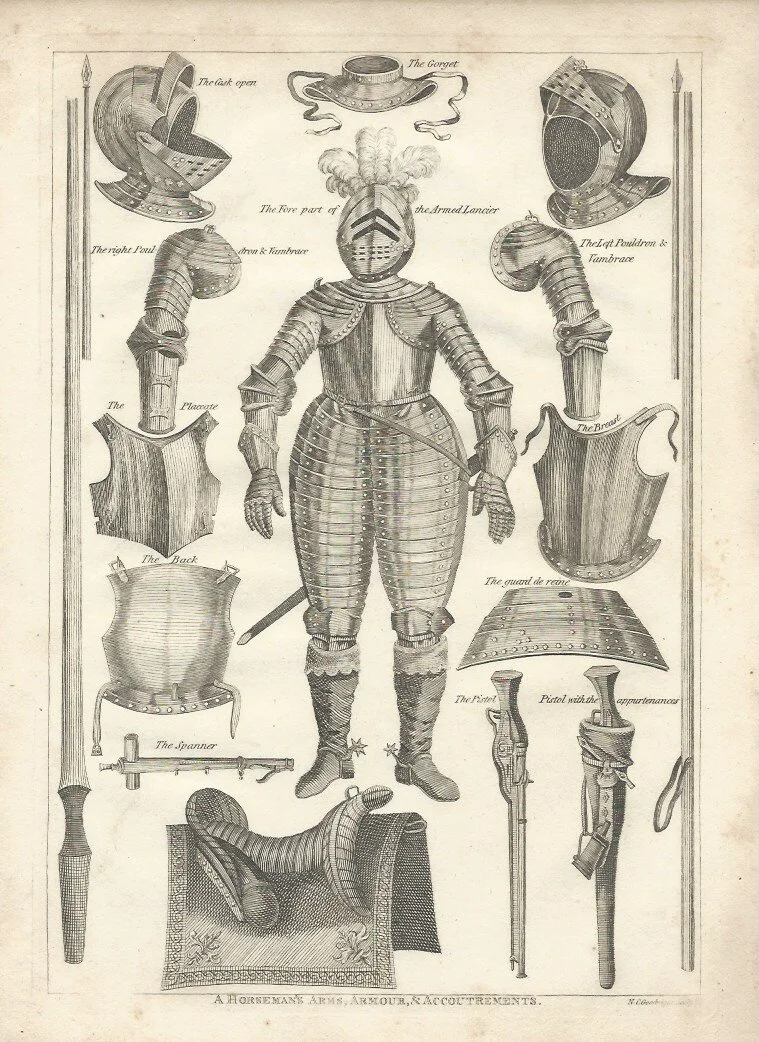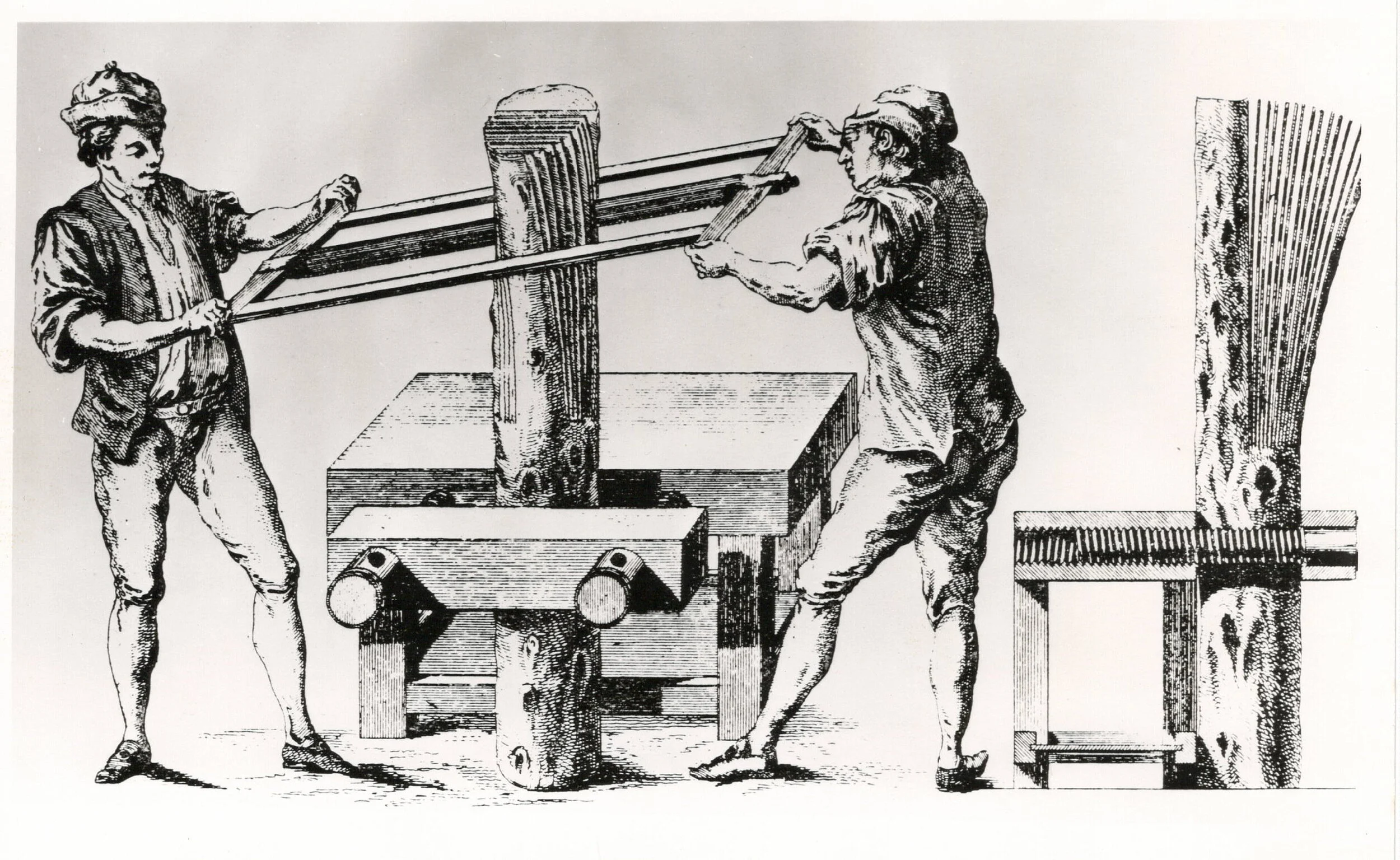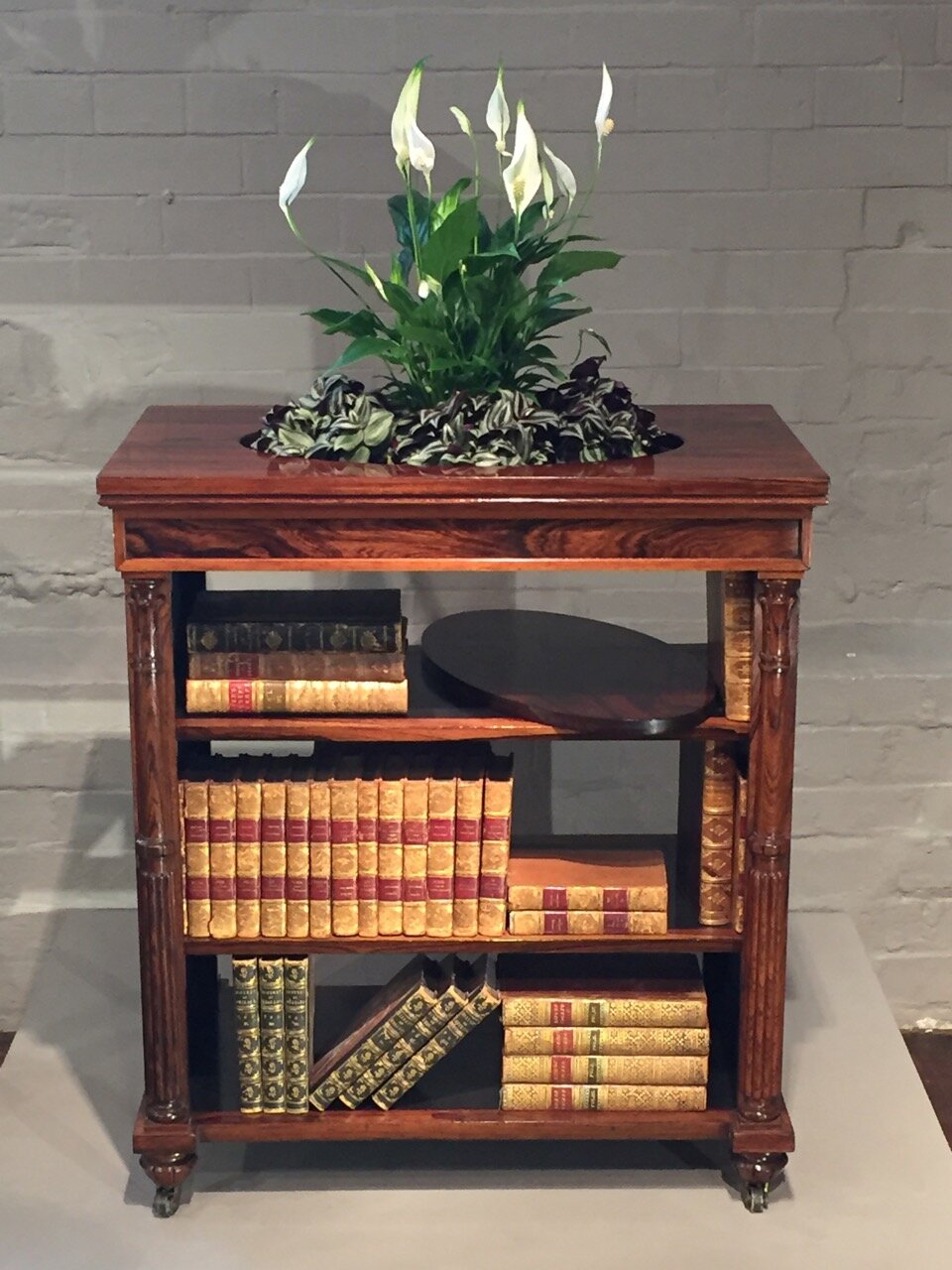Bly's Bounty July 2020 Edition
Bly's Bounty June 2020 Edition
All In The Best Possible Taste!!
The first thirty years of the 19th century was the last period when a design style in interior décor, furniture and couture was identifiable as being exclusively for the wealthy classes as in every respect it was too outlandish, often too technically complicated and certainly too costly to manufacture for the masses. This hedonistic style is called Regency and despite its allusion to the political situation from 1811 – 1820 in this context it actually covers those years from 1784 – 1830 and describes those styles favoured by George Prince of Wales during the time from his majority to his death.
The taste encompasses extreme classicism in the Greaco-Roman and Egyptian, contemporary French and Oriental inspirations. However there would never have been such a strident departure from established good taste as associated with Sheraton, Hepplewhite and Robert Adam and favoured by ‘farmer’ George III had there not been such enmity between father and son, the King and the Prince. So when in 1784 the Prince was given Carlton House as his London residence he spurned the King’s architect, Sir William Chambers in favour of the Whig’s favourite Henry Holland, son-in-law to Capability Brown. After this great names in among the cognoscenti published design and pattern books which today give us such precise details as to the dates when certain features first appear, then get altered and finally disappear. Thomas Hope, George Bullock and George Smith spring to mind and their designs and others were put together in a compilation journal produced by Rudolph Ackerman which from 1809 – 1820 covered every aspect of fashionable life, like a mix of Interiors, Country Life and all the editions from Fishmedia put together. Studying these enables us to give accurate dating to the Sofa illustrated, in particular and in this case George Smith’s 1808 book ‘A Collection of Designs for Household Furniture’. Here can be seen the prototypes of gilt metal mounts which he features consistently in this edition but which become elaborated in his subsequent work of 1827, so around 1810 is the date. It is not difficult to imagine a young lady in the French antique classical based Empire Line dress reclining there upon, but it can still be used and enjoyed today…and an Empire Line dress is not compulsory.
Bly's Bounty May 2020 Edition
Family Memories of VE Day 1945 in Tring
During the Second World War my grandmother, Nina Bly, coped with living next door to her mother-in-law Lettie Bly, supplying her with one meal a day and helping to run the much-reduced antique shop in Tring High Street.
One of my grandmother's great friends was Mrs Brenda Kew who had no such restrictions on her lifestyle and was a constant breath of fresh air.
On VE Day dad witnessed Mrs Kew push through the crowded high street towards the shop and, out of sight of Lettie, grab my grandmother by the hand and pull her across to the Rose and Crown Hotel opposite the shop for a celebratory libation. My grandmother had never been in a public bar but suddenly there she was. All worries forgotten. For the moment at least. But it was not long before Lettie Bly noticed her absence and was soon told where she was. Dear, faithful and sympathetic Jack Waring, who looked after the workshops, was summoned and ordered to go and retrieve Nina from that den of iniquity, immediately, lest the demon drink and the fires of Hell should delay my great grandmother's next meal! And so Jack did as he was told, and came back across the road with a none-too-happy Nina. But she had at last seen the inside of a bar, and it was a long while before she saw another one. Dad tells me she took it all in her stride and sat with Lettie and him in the shop just chatting and watching the people outside having much fun. What a generation and what a lady!
Bly's Bounty April 2020 Edition
Are you sitting comfortably?
Are you sitting comfortably? Well if you’re in or on a mid-eighteenth century chair there is no question that you will be. On the other hand a chair from the 1790’s will show the appearance of elegance and severe uprightness of posture to have been more important than relaxed comfort. The point is that throughout history the chair is the best possible guide to social history that one could have. It reflects the changes in costume, attitude and etiquette. The wide seats and angled backs of the 1740’s to 1770’s allowed for the wide frock coats of men and full skirts of women whereas the narrower seats and upright backs of the post 1770’s were better suited for the tight-fitting clothes for men and simple Empire line for women. The advent of the fully upholstered chair in the late 17th century was a natural progression from large cushions on solid wood seats and enabled people sit back at ease. The double curve or ogee leg shape we refer to as ‘cabriole’ was a Chinese influence but in France it was made to end in a cloven hoof foot. As animals with such feet tend to jump around and the French dancing term for bounding and leaping was ‘cabriole’ the name stuck. However we were not over fond of the French or their foot designs so we terminated our chair legs with either a simple pad or slipper foot or the famous ‘claw and ball’. This was another Chinese emblem representing the sacred pearl of wisdom being clasped by the dragon’s claw. But we retained the description of the leg as ‘cabriole’ and any chair showing this feature will look very much like a Georgian gentleman. The introduction of coiled springs in the 1820’s took the upholstery industry by storm and by the mid Victorian period deep buttoned seats and backs filled every front room and parlour, this time reflecting the overstuffed rooms and clothes of the period. Such assimilation is less apparent in the 20th century when novelty was more important than comfort until leading designers successfully combined the two. For examples of this, just look and sit in any chair by John Makepeace, the master, and relax.
Bly's Bounty March Edition 2020
Royal Tea
"As my Son has been called to His Majesty's Colours, this establishment will be open by appointment only until further Notice" was the announcement my grandmother posted on a card in the window of our antiques shop in Tring High Street in 1941. Two years later, with the help of my mother the shop was open on a regular basis. By 1943 I was four years old and already taking an interest in the assorted collection of small items that each evening the two ladies would wrap and put away for safe keeping, lest Hitler decoded to drop a bomb on Tring, and then unwrap and place on display the next day. Objects of silver and brass, copper and glass, ivory and papier-mache and of course small pieces wood called Treen. Each item was stroked and lovingly handled and for my benefit described. How, when and where it was made and what is was made of. How to tell a Georgian cut glass decanters from Victorian copies? Well the former were polished by wheel and were sharp to the touch, the latter polished with acid and therefore much smoother. Many of such pearls of wisdom stood me in good stead over the years that followed, but some were more fable than fact. I learnt that in France in the mid 1800's, the very best glass paperweights were made in four main factories; Baccarat, Clichy, Pantin, and Saint Louis. At Millefiori, a thousand flowers made of canes of glass was first developed about 100-200 BC, and used to decorate bowls and vases. Encasing these on a glass bubble magnified them and their great period was from 1845 -1860. Some have dates hidden in the flowers. All true. But that glass jugs, bowls and tumblers when decorated with enamel pictures of Victorian children were all done by Mary Gregory, a lady glass decorator at the Boston and Sandwich Glass Company is way off the truth. She certainly existed but worked only from 1880 -1884, making it humanly impossible to have produced the hundreds of thousands of examples that were actually made in Bohemia in the 1920's when they became so popular as a collectable. But the best of myth was the explanation of the little two-box tea caddy with its pretty glass bowl in the centre. One box for Fine Green tea and the other for Bohea tea and the bowl in the middle was for blending the tea to your own taste. I related this at many a television programme until the proud owner of a beautiful specimen produced it for an appraisal during a live recording. Having heard my evaluation the gentleman drew from his pocket the original receipt from the 'Caddy Maker to His Majesty' and dated 1824. In it the caddy was described much as my grandmother had said except it ended with "and one glass bowl - for sugar." Of course you didn't blend your own tea, Mr Twining did that for you. And Fine Green and Bohea would probably taste like poison. But otherwise.....Thank you Grandma.








